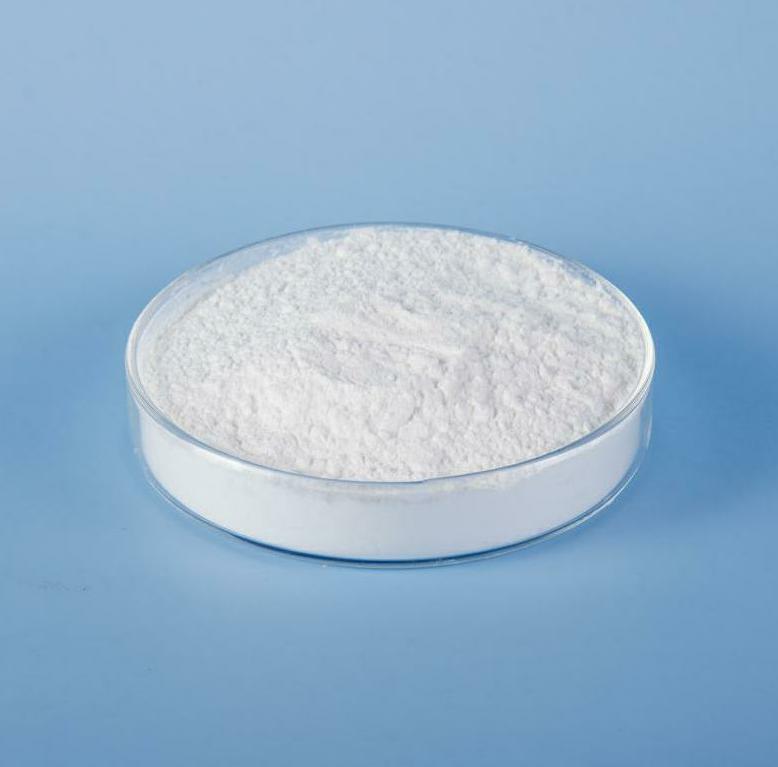We decided to change the vacuum system cooling water from industrial water to pure water and recycle pure water to a pure water storage tank. After the cooling water was changed to pure water, the operation of the vacuum system has been relatively stable and has achieved the desired results, which not only saves water, but also reduces the number of vacuum pump maintenance. The chlorine gas manifold in the ion-exchange membrane boundary area was collected from the vacuum system, the wet chlorine gas cooler, the dilute salt water storage tank, the chlorate decomposition tank, the dechlorinated salt water tank, and the mixing tank. All the chlorine gas was collected on the chlorine gas main pipe. The summary is after the chlorine salt water heat exchanger. The negative pressure at this site was too large to measure the purity of chlorine. As a result, the purity of the chlorine gas in the inspecting area was very troublesome. We had to carry out a check of the pipeline. Therefore, we will change the chlorine gas sum to the chlorine gas pipe before the chlorine salt water heat exchanger. A sample point was set at the exit of the chlorine gas tube of the heat exchanger to determine the purity of the chlorine gas. In this way, as long as the sampling and analysis are performed at this location, it can be correctly determined whether there is any leakage in the ion membrane boundary region.
The dechlorinated salt solution is added to the diaphragm electrolyte. Since the demineralized salt water needs to be sent to the brine process salt, there is no requirement for the salt contained in the added alkali. The ion-exchange membrane alkali is less salty, with good quality and high selling price. It is feasible and necessary to replace the diaphragm electrolyte. The company can save nearly 100,000 yuan per year for the company and change the addition of alkali to the pump output pipeline to add alkali in the dechlorinated brine storage tank to facilitate chemical dechlorination. The preparation of sodium sulfite was changed from industrial water to pure water, avoiding the introduction of metal impurities such as iron into salt water, and aggravating subsequent operations. Recovery of resin tower regeneration waste liquid In the original design, the resin tower regeneration waste liquid was directly sent to the large salt water tank, but due to the uneven mixing of the regeneration liquid into the large salt water tank, the salt was not stratified, and sometimes the salt water was returned. This brings great inconvenience to production. After a period of practice, we decided to send the regenerated waste liquid to the dechlorinated salt water tank first, and after adding the alkali in the ion membrane boundary area, it was sent to the light salt water tank. After the change of the tube, the effect was ideal and the operation was stable. .
Epoxy resin is a kind of high polymer, the molecular formula is (C11H12O3) N, refers to the molecule containing more than two epoxy groups of a polymer. It is a polycondensation product of epichlorohydrin and Bisphenol S or polyols. Because of the chemical activity of the epoxy group, it can be opened by a variety of compounds containing active hydrogen, cured and crosslinked to form a network structure, so it is a thermosetting resin. Bisphenol S epoxy resin is not only the largest yield, the most complete variety, and new modified varieties are still increasing, the quality is constantly improving.

Raw Material Of Epoxy Resin,Epoxy Resin Paint ,Polyfunctional Epoxy Resin,Brominated Epoxy Resin
Jiangxi Hongjiu New Material Technology Co.,Ltd. , https://www.hongjiutech.com